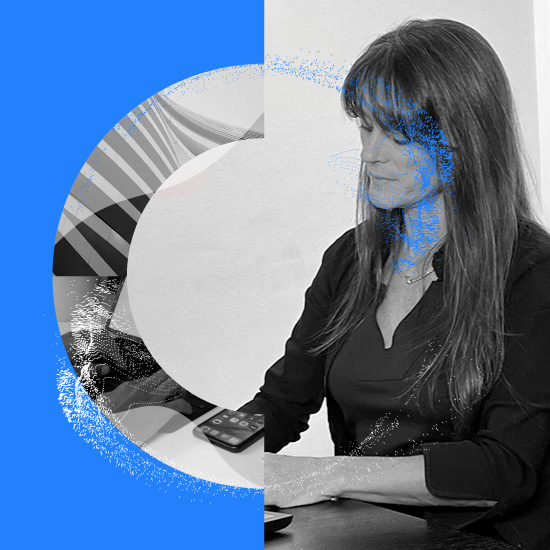


Architectural design has undergone significant transformation in recent decades, driven by technologies that not only redefine tools and processes but also introduce new challenges. As these innovations permeate nearly every sector, reactions oscillate between excitement about their potential and apprehension over a pace of change that risks leaving many behind. Within this context, the emergence of artificial intelligence (AI) opens unprecedented opportunities while raising critical questions about its implications for architectural practice.
Is artificial intelligence a revolution that amplifies creativity or a threat to creative control?
As with every major technological shift, the Fourth Industrial Revolution—a term coined by Klaus Schwab, founder of the World Economic Forum—has polarized perspectives: from technological optimism to skepticism about automation. Yet, as with most issues, the truth lies somewhere in the middle.
In architecture and design, AI should not be perceived as a threat to creativity but rather as a powerful tool to enhance it. Emerging technologies possess the ability to streamline processes, boost productivity, and, most importantly, expand control over the final outcome.
Image-generation platforms like MidJourney, DALL-E, and Stable Diffusion, for instance, can now transform textual descriptions into visual concepts with remarkable speed and adaptability. These tools do not supplant the professional judgment of architects; rather, they offer a spectrum of options to be selected, refined, and adapted, enabling enriched iterative revisions. While some outputs may seem abstract or unrealistic, they serve as valuable guides for addressing regulatory, construction, and design complexities.
Generative modeling and parametric optimization tools process real-time data, generating design iterations optimized for technical and environmental criteria. These technologies enable the assessment of critical factors such as energy efficiency, sustainable materials, and construction costs, prioritizing aspects that once required extensive analysis. Their integration with BIM systems during the Executive Project phase further enhances the sustainability and efficiency of buildings across all development stages.
Data analysis and simulations provide unparalleled depth in architectural planning. Variables like solar radiation, orientation, airflow, shadows, reflections, acoustics, and urban landscape impacts can now be measured and adjusted in real time. This capability fosters decision-making informed by ethical and human-centered considerations, extending beyond purely economic priorities.
In construction, automation via technologies like 3D printing promises increased efficiency and precision without compromising design intent. While these techniques may seem impersonal or industrial, creative control remains indispensable in ensuring construction quality and preserving the unique character of each design.
Far from dehumanizing the architectural process, AI expands the range of tools available, integrating new dimensions into the workflow. These technologies optimize analysis times and improve critical decision-making, freeing professionals to focus on strategic and creative activities that drive the success of their projects.
The future of architecture lies not in choosing between technology and creativity, but in integrating the two. AI tools do not erode the essence of the discipline; they enrich it, elevating the quality of outcomes and providing clients with innovative solutions while safeguarding the integrity of architectural design.
Recommended Reading:
Artificial Intelligence and Architecture: From Research to Practice by Stanislas Chaillou






